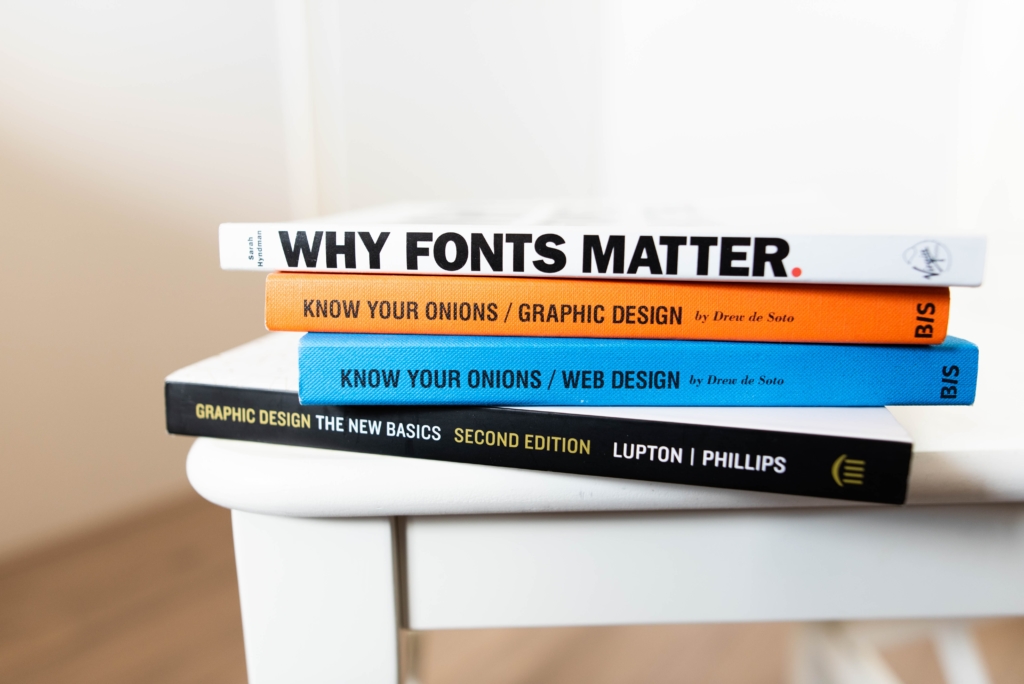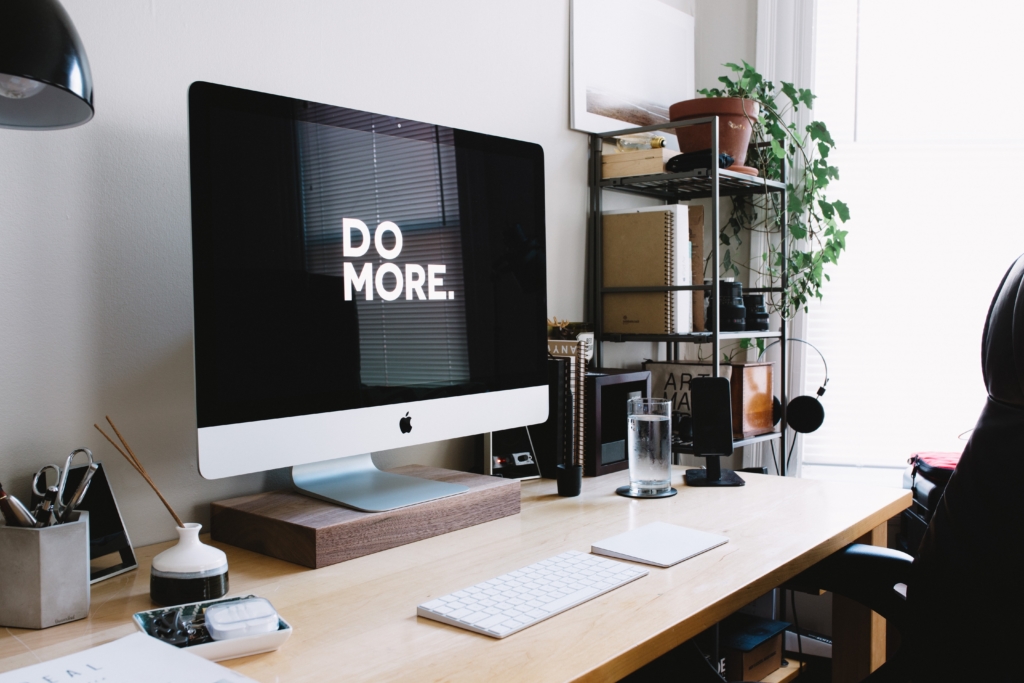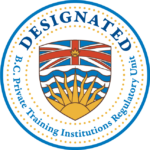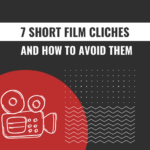HOW TO BECOME A GRAPHIC AND DIGITAL DESIGNER
Want to become a graphic and digital designer? Here are some tips to help you get started!

By Rachel Kim
Graphic and digital design built the world we live in today. From the movie posters and advertising you see on the streets, to the cartons of milk you pick up at the grocery store, to the very structure of the social media platforms you scroll through in bed. Every day, you interact with something shaped by the mind and hands of a graphic designer.
It’s no wonder that the demand for graphic and digital designers is so high. InFocus’ lead Graphic Design instructor Jaime Sandoval can’t keep up with the amount of work and offers that come in.
“I’m always saying ‘no, no, no,’ because there’s so much work. So, so, so much work.”

Jaime is a Studio Master’s Professor, Graphic Designer, Industrial Designer, and Front End Web Designer. After graduating from the University of Illinois and Scuola Politecnica di Design, Jaime has worked with clients the likes of Armani, Disneyland, Motorola, Adidas, and more. He is an award-winning instructor who has taught internationally, including a Master’s Level Design program for ten years at the Harrington College of Design in Chicago. Today, he brings his decades of expertise to create a truly unique experience at InFocus’ Graphic and Digital Design Program.
InFocus’ latest Graphic and Digital Design Program was created to develop design professionals who can take on the industry’s ever-mounting waves of projects and design needs that outnumber working graphic designers today.
“It’s a practice-based program but it’s still going to be highly conceptual,” says Jaime. “Through every assignment, I want to be able to teach some of the history and the methodologies of how to not just ‘do’ but ‘think’ design. I’m going to connect conceptual thinking to design thinking and how it’s used to problem solve.”
Graphic design isn’t just about making something pretty or knowing how to use the right tools. A chef doesn’t go to school just to learn how to turn a stove on, after all. Design is a way of thinking that informs and shapes the work. It’s about taking a high-level view of a product’s entire journey and the way it interacts with users, especially as the future opens up new modes of thought. You have to be able to see the problems before you can solve them.
According to Jaime, “A lot of times, when clients hire designers, they don’t necessarily hire somebody with an MBA in business because they want innovative thinking, and that’s what we’re going to teach.”
1. THE GRAPHIC DESIGNER’S PROCESS

So what does the process of a professional graphic designer look like? Jaime gives a quick rundown of the design process, from inspiration to client communication, that he teaches in-depth in the Graphic and Digital Design Program:
1. Inspiration:
The process always starts with inspiration that comes from concrete knowledge. We need to first identify who the user is. Then we need to identify exactly what it is we’re trying to resolve through design.
2. Conceptualization:
Our conceptualization must be based on the research we’ve done based on the persona and the need of the user we previously identified. A skilled graphic designer has a real understanding of the product’s values and personality and figures out how the packaging is going to resolve that.
3. Constraints:
A beautiful design is like a puzzle. We first need to lay the ground and know what we have to play with. It’s only once we have our constraints and restrictions that we can begin coming up with solutions!
4. Exploration & Refinement:
The program goes over different practical methodologies of exploration and refinement. We have to get all the bad ideas out before we have enough material to start refining, to narrow down our ideas to the ones that actually function well.
5. Prototyping Skills:
At first, we render ideas really quickly—just enough to sell them. These renders aren’t necessarily to scale or print but are a fast way to show a client something more tangible. Then we get to real prototyping, where precision comes in and we slow down the process. This is where we cover the technical aspects of how to do layout a print-ready file and how to prep for the printer.
2. PROFESSIONAL PORTFOLIOS

The best graphic design portfolios showcase a flexible designer with versatility of style. From his extensive teaching experience, Jaime notes that students tend to mimic and recreate things they’ve been praised on before. To pull them out of this tendency, he likes to change up the scenario quickly and frequently: “Every week, the assignments are going to change to different clients and forms and house styles.”
“I want [my students] to be able to create portfolios that are competitive with other professionals, not with other students,” Jaime says. The greatest compliment for him is to hear his students’ work looks like professional work. “That’s what we want because when they’re out, they’re no longer students. When you’re our there, how many years of experience you have doesn’t matter in the end. So their portfolio has to be impeccable.”
3. BUSINESS IN THE INDUSTRY & WORKING WITH CLIENTS

Being a good graphic designer doesn’t automatically make you good at working with clients and navigating the business side of the industry.
“When I graduated and moved to Milan, I got clients like Disneyland and Motorola and I would just do all these highly conceptual projects. I had no idea about the business of design,” says Jaime.
This is why he has made sure that the Graphics and Digital Design Program meticulously teaches the ins-and-outs of doing business in the industry. From branding yourself and creating your own logo and business cards reading and writing briefs and proposals. Plus, presentation, interview, and communication skills: how to format and present a plan, how to time the presentation, what to wear to an interview, how to speak to a client, what kind of questions to ask during briefings, and other tangibles related to working with clients, like how to charge and how many revisions to do for a project.
“Clients might think that because they’ve hired you for a project you’re going to do infinite revisions,” says Jaime. To know when and how to diplomatically communicate that the client will have to pay extra once a certain number of revisions is exceeded is necessary to protect yourself. “So it’s important to teach that in school. That’s going to be a really valuable asset.”
4. WHY GRAPHIC DESIGN AT INFOCUS?

A unique highlight of the InFocus Graphic and Digital Design Program is its small class sizes that provide students a more personal education. This means students get individual attention and mentorship from InFocus instructors who are all seasoned, high-level and actively working professionals. The assignments can be tailored towards them as individuals as well. Plus, the schedule offers lots of flexibility for life outside the classroom.
There’s lots of room in the design industry with a wide variety of positions including graphic designer, web designer, advertising designer or director, layout designer and UX/UI designer, just to name a few. But the work isn’t for everyone. You have to be good at what you do in this field; and be passionate about it.
“You cannot teach that out of a book,” says Jaime. “It’s taught by example.”
“When I’m stressed, I design. When I’m happy, I design and when I need money, I design. When I travel, I design. Like, that’s what I do. I was so happy to find my passion and that’s the difference. It never feels like work.”
Related Links:






